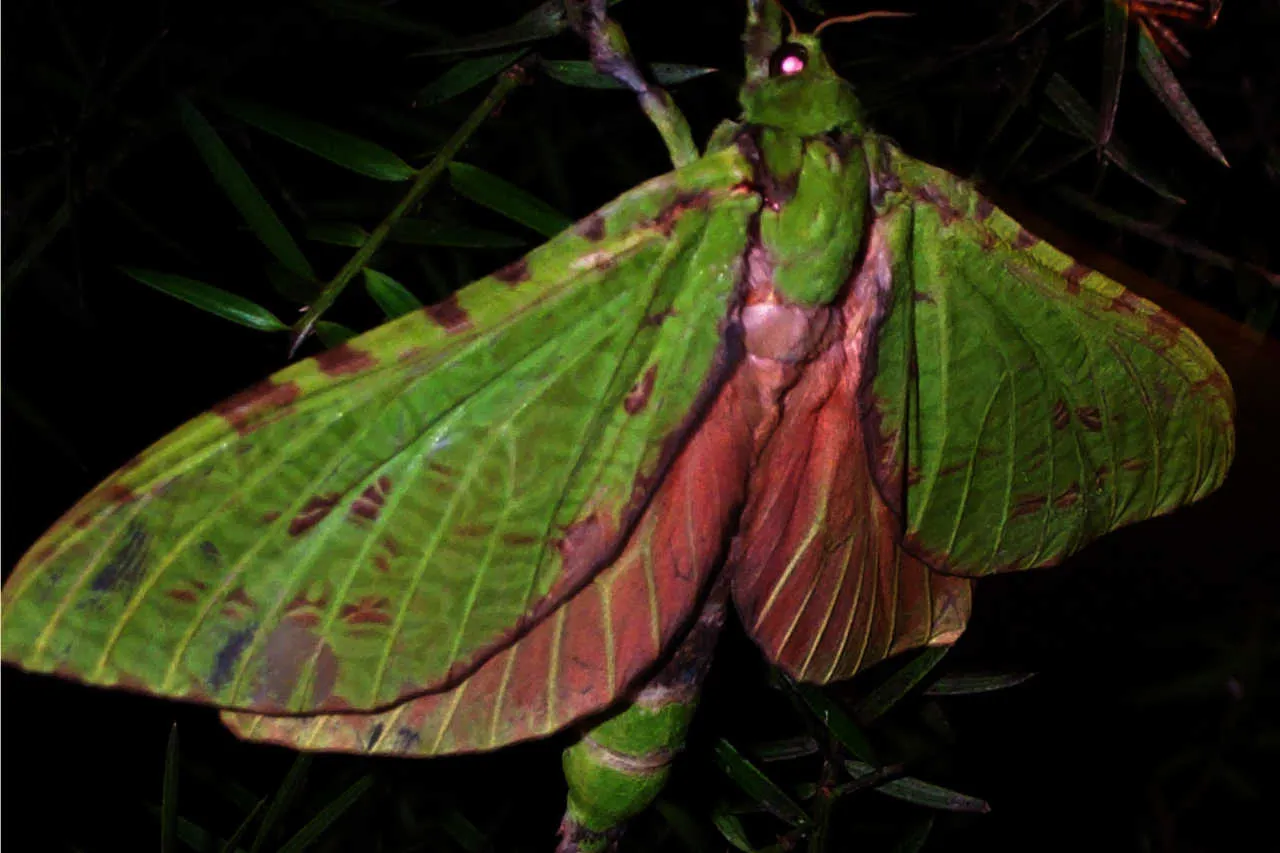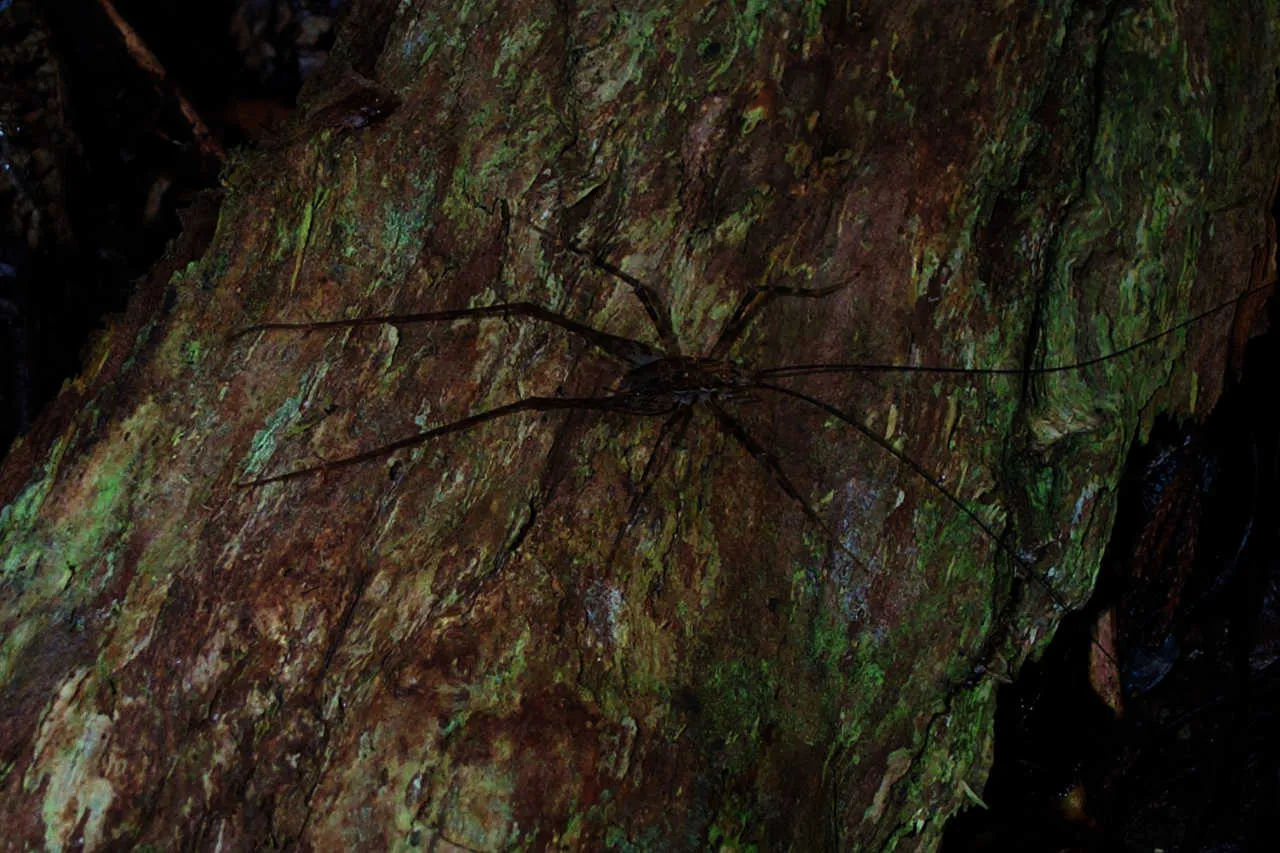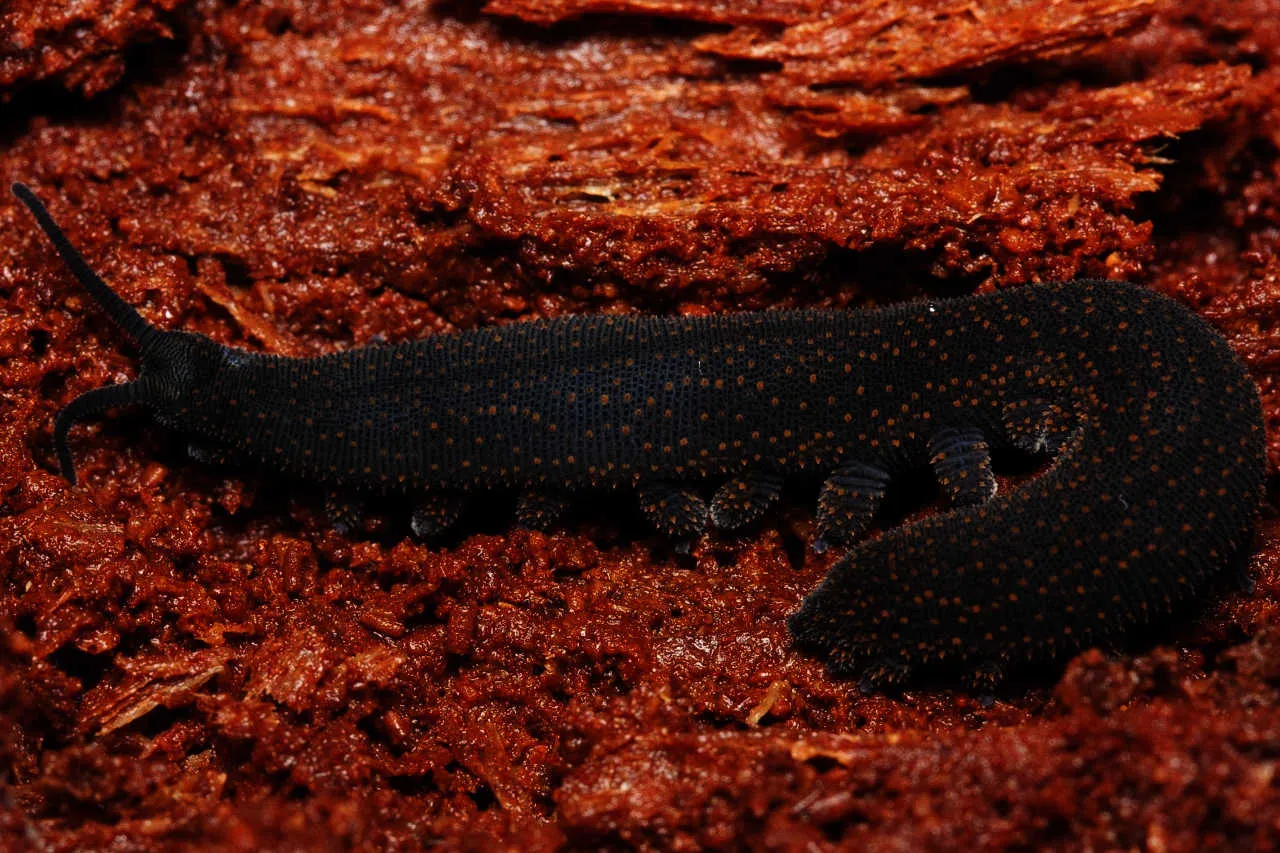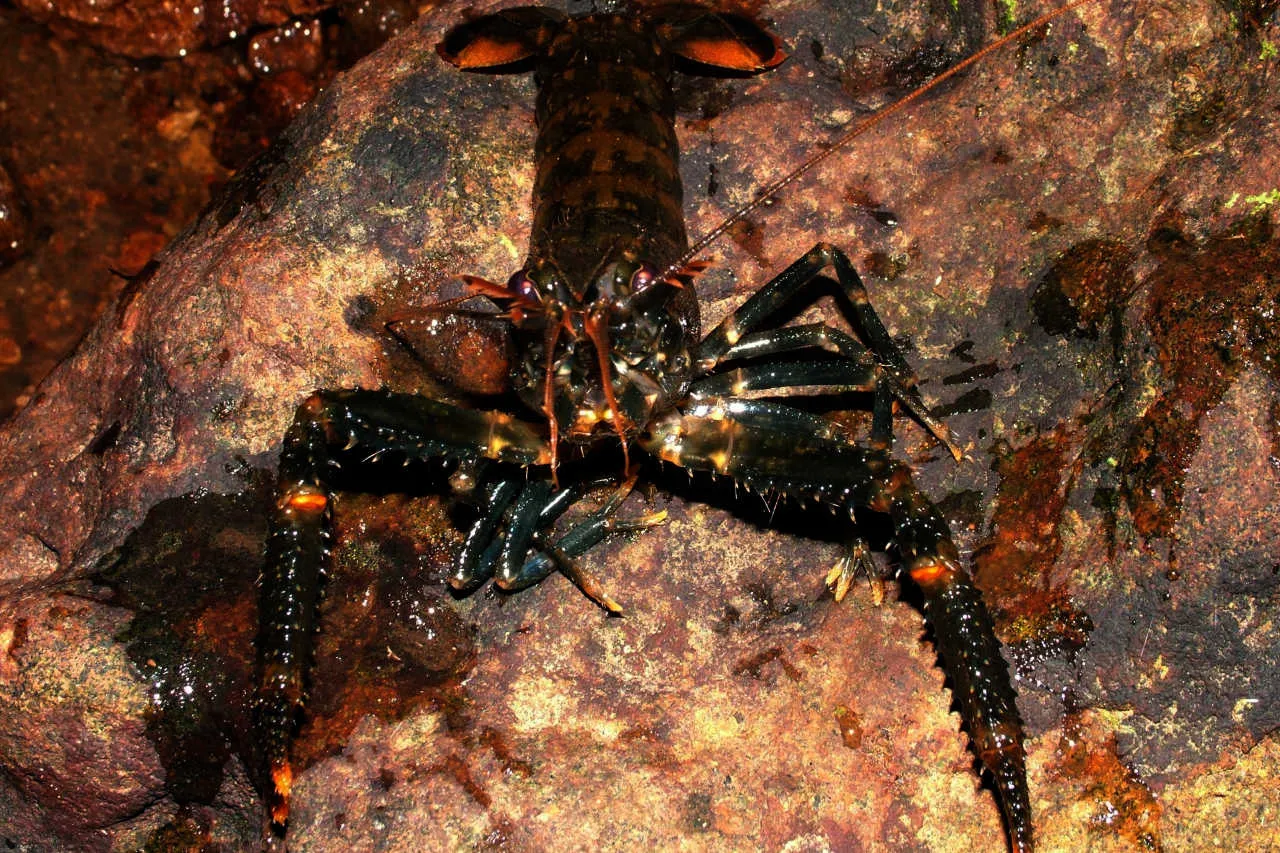Great Barrier Island Invertebrates.
The puriri moth (Aenetus virescens) is a species of moth of the family Hepialidae. It is also commonly called the ghost moth or pepetuna. This moth is endemic to the North Island of New Zealand. It is New Zealand’s largest moth, with a wingspan of up to 150 mm. It spends the first five to six years of its life as Read more…
Wētā have been around long enough to see dinosaurs come and go and to evolve into more than 70 different species, all of them endemic to New Zealand. Image courtesy of Windy Hill Sanctuary Wētā have become icons for invertebrate conservation in New Zealand because many species are threatened or endangered. There are more than 70 species of wētā in Read more…
Peripatus, or velvet worms, are unusual animals of the forest floor. They are called ‘living fossils’ as they are remarkably unchanged from 500 million years ago. Image courtesy of Windy Hill Sanctuary They are also a ‘missing link’ for their similarity to both worms and insects. For this reason they attract much scientific interest—yet they are cryptic, reclusive and not Read more…
The kōura, or freshwater crayfish, is dark green and mottled like the stones it lives amongst on stream bottoms. Image courtesy of Windy Hill Sanctuary Crayfish/kōura are hard to see as they are so well camouflaged. Often their waving feelers and black beady eyes are all that can be seen. They stay hidden during the day, moving around mostly at Read more…



